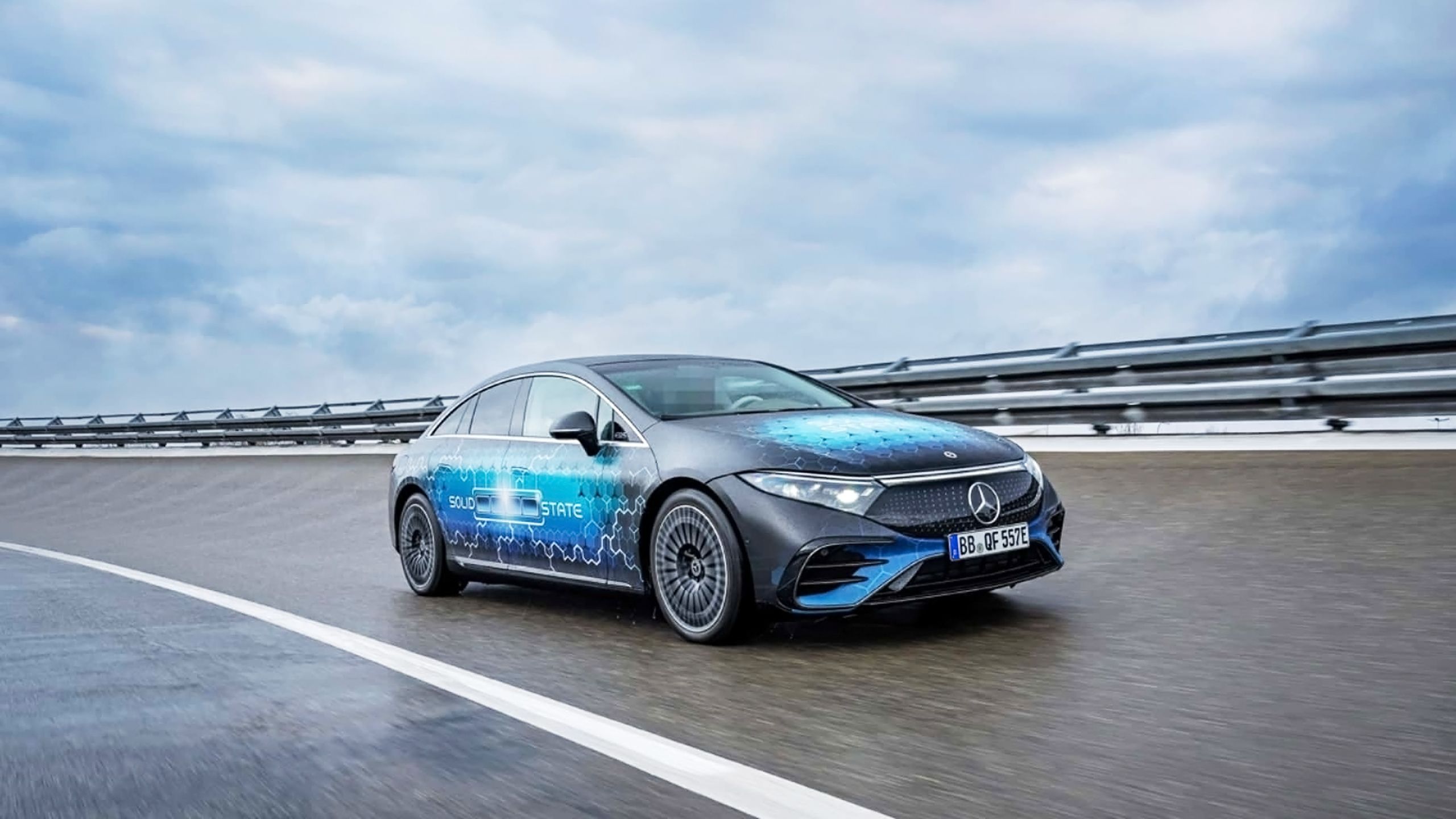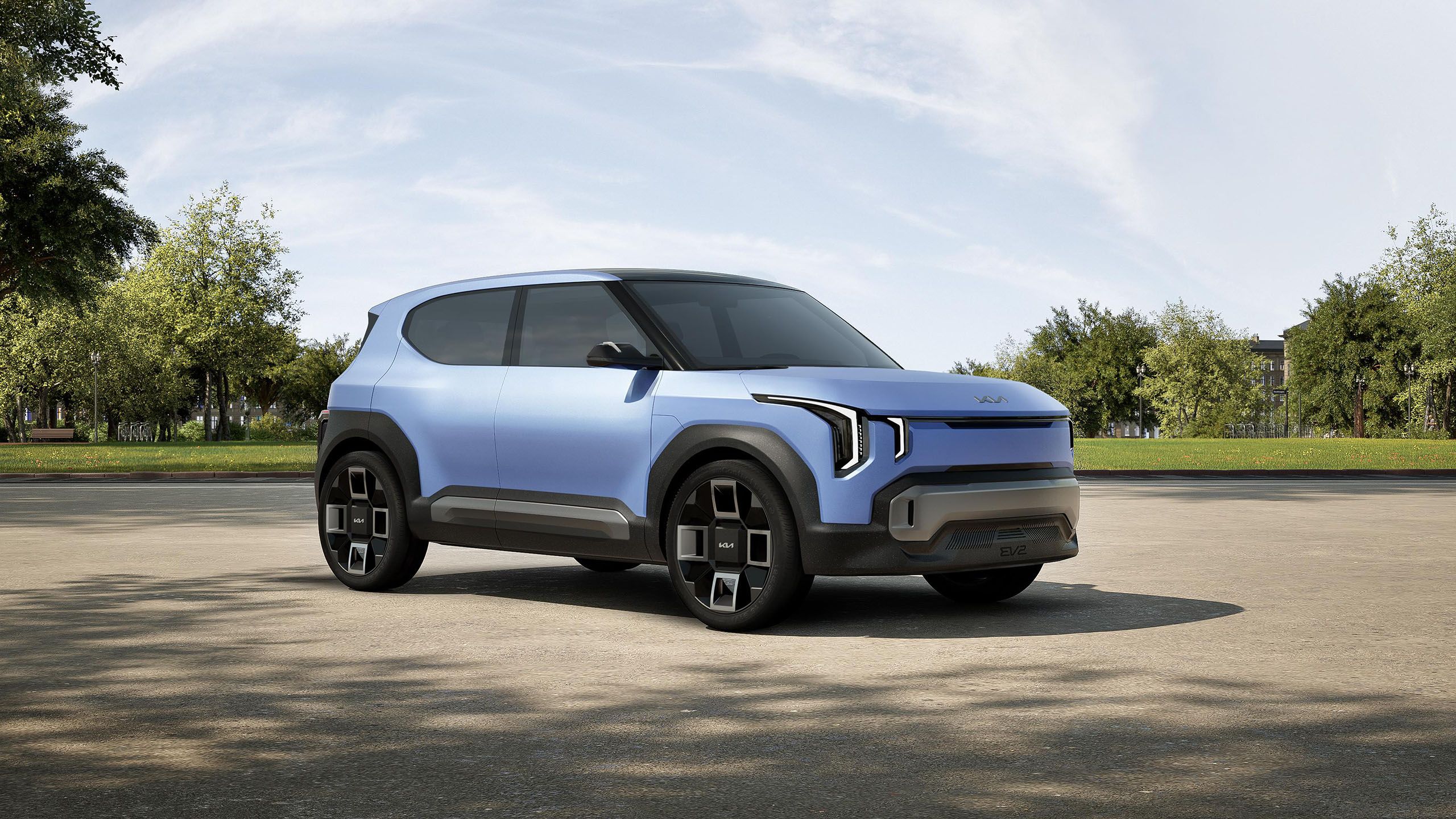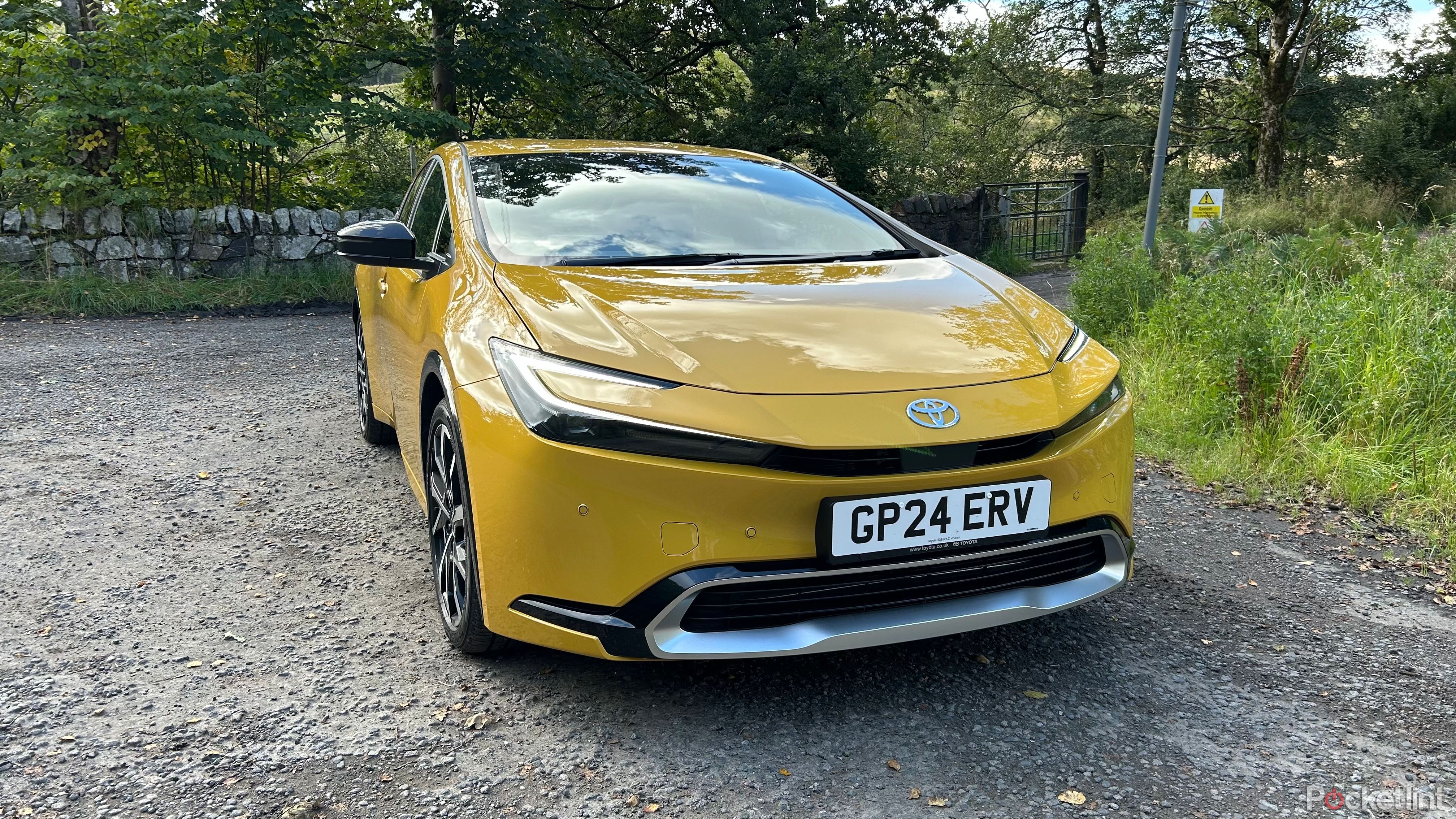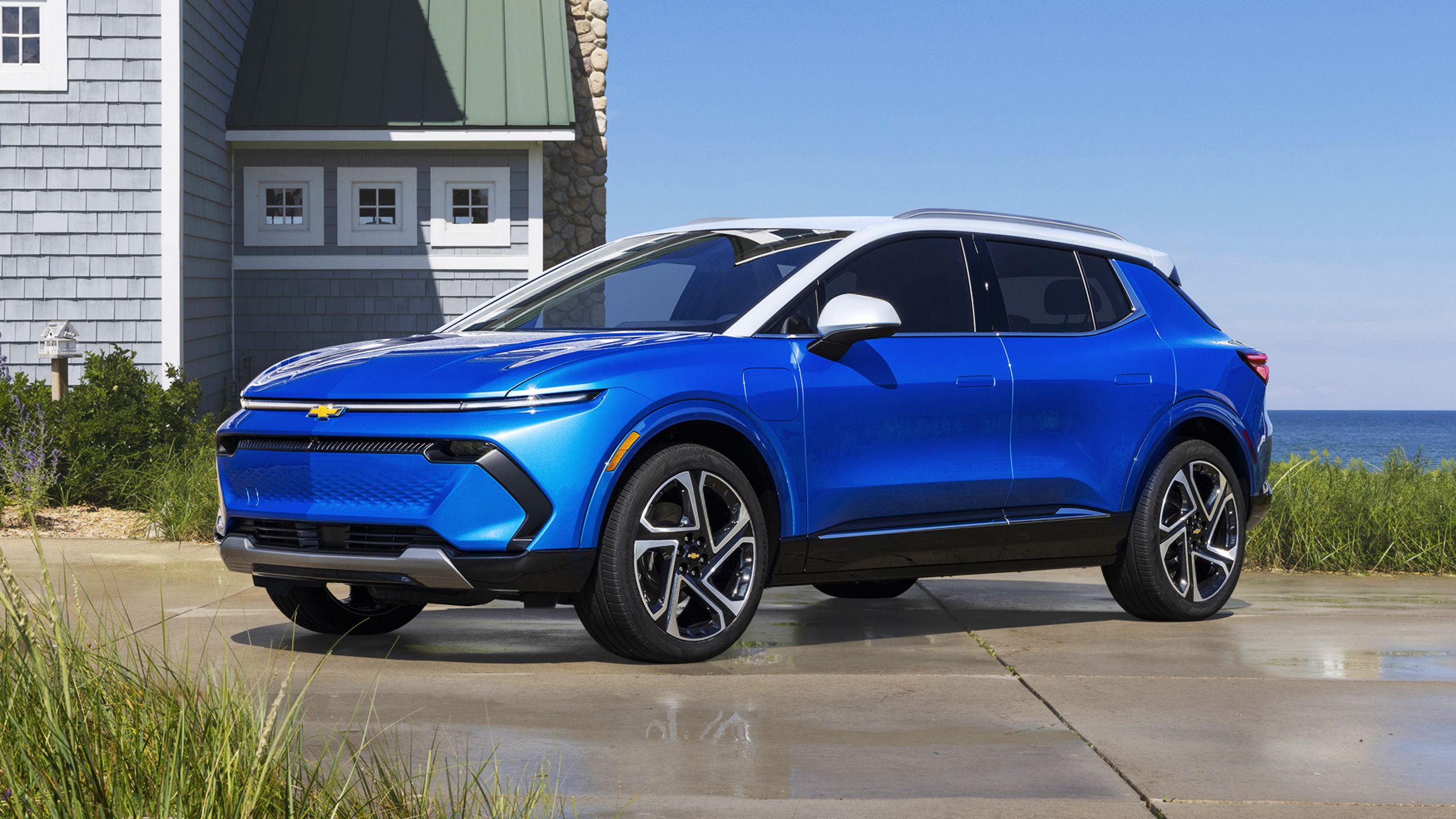Summary
- Hybrids are the way to go for maximum range, but EVs can still be quite practical, even for traveling between cities.
- While EVs cost more initially, they’re usually cheaper to maintain and refuel in the long run.
- Research repair options in your area before making a decision. Some EV brands may not be well-supported where you live.
Right away, I’ll confess that my personal preference is for all-electric vehicles, but not always for the practical reasons we’ll cover in a moment. To me, there’s something inherently futuristic about EVs — when I was growing up, they were often dismissed as farfetched, as if we’d be driving fossil fuel cars into the year 3000. And more recent EVs are beginning to look like something out of Minority Report — at least on the inside, with gigantic displays replacing almost every analog dial or button.
I don’t have anything against hybrids, though. Cars like the Toyota Prius helped bridge the market to full EVs, and hybrids continue to make more sense for some car shoppers. If you’re on the fence about buying one or the other, here’s what you need to consider.

Related
Everything you need to know about PEVs, or personal electric vehicles
You can use PEVs to explore, run errands, or speed up your commute.
The range question
Tackling the big one first
The primary reason to buy a hybrid is range. While “mild” hybrids provide only a modest boost over gas-only engines, plug-in hybrids (PHEVs) can potentially go further than any other consumer car. Consider the 2025 Toyota Prius Plug-In Hybrid, which is claimed to get up to 600 miles (965 kilometers) when utilizing both its electric and combustion systems. For comparison, a gas-powered 2025 Honda Civic LX is rated for 508 miles (818 kilometers) of highway-only driving, and much less in city conditions. There’s a reason why every other taxi cab seems to be a Prius — it means more fares between pit stops.
For now, pure EVs just can’t compete. Select models like the Lucid Air and Chevy Silverado EV can hit the 400m (644km) mark, but many EVs are closer to 300 miles, and often less — the base trim of the 2025 Nissan Leaf manages just 149. The 2026 Leaf should finally catch up with the times.
Plug-in hybrids can potentially go further than any other consumer car.
Because of all this, a hybrid is the best choice if your job involves all-day driving, or you expect to make long-distance trips to (or through) places where charging stations are non-existent. The tech may save you time, as well — while it’s common to spend 30 to 40 minutes or more at a charging station, hybrids can run on gas alone if they have to, meaning you’ll keep going after a five-minute fill-up.
That’s not to say EVs are impractical. My 2018 Leaf was more than capable of getting everywhere around Austin, as long as I plugged it in whenever I got home, and paid for the occasional station visit when there was heavy use. I was even able to drive to San Antonio and back using an EVgo stop in between. A car with 200 miles of range could manage that trip uninterrupted, and one with 300 miles would have range to spare for the next day’s commute. I would, certainly, prefer an EV with 300 miles or more if I wanted to make cross-country treks in Canada or the US, especially given range drops in freezing weather.
An EV is often ideal for city driving if you’ve got a Level 2 charger available at home. Gas engines inevitably have to be filled up at a station every week or two, and at rates far higher than what you pay for electricity.

Related
Why solid-state batteries will revolutionize EVs – and why we’re still waiting
They’re on the horizon, but there’s still some distance to go.
Dealing with maintenance
EVs reclaim the lead
Chevrolet
Sticking to the idea of practicality, the simple fact is that EVs require less maintenance. Without a combustion engine, there aren’t any oil changes, spark plugs, or timing belts to worry about, among other things. EVs can still run into mechanical trouble — say if there’s a problem with motors or the brakes — but you can potentially go several years without a service visit. Most of your maintenance is going to be limited to charging, topping up washer fluid, and getting tires inflated, rotated, or swapped.
Hybrids have all the maintenance requirements of a gas-only vehicle with the added complexity of a linked battery system. That battery system usually won’t be an issue, but if you want to reduce possible points of failure, it bears mentioning.
Without a combustion engine, EVs don’t have any oil changes, spark plugs, or timing belts to worry about, among other things.
One downside to EVs is the (potential) cost of a battery pack failure. While a recent Recurrent study pegged the replacement rate of 2023-model EV batteries as just 0.1%, it can cost thousands of dollars to swap out a pack in the event that a failure does happen. In some circumstances, that cost can reach the tens of thousands, making it tempting to buy a whole new car.
Another concern is access to repairs. While EVs are increasingly commonplace, they’re still niche as far as many repair shops are concerned, which may mean they won’t have the parts in stock for a fast turnaround. You could end up waiting days or weeks to get your car back. It can also be difficult to track down shops with qualified staff, particularly if you opt for a brand like Tesla, Rivian, or Polestar and don’t live in a major city. Or even if you do — I live in Edmonton, currently, and the closest Rivian service center is four hours away in Calgary. I’d be better off choosing an EV from Kia or Hyundai for that reason.

Related
The Kia EV2 is the next EV I’m most excited about – here’s why
It could be a major step towards a truly affordable EV.
Final thoughts and recommendations
What other concerns should you weigh?
Kia
As is usual with cars, cost may be the final arbiter. Whereas it’s easy to find a hybrid under $30,000, most EVs cost more than that, and many are near or well over the $40,000 mark. EVs are potentially cheaper to own in the long run — given less maintenance, and cheaper energy — but it’s hard to ignore that initial hit to your bank account. You probably shouldn’t buy a (new) EV as your first car out of college, with or without installments.
My inclination is to recommend EVs unless range is a paramount issue.
If environmental impact is your focus, EVs win. Per MIT, they are more carbon-intensive to produce, since lithium-ion batteries can’t be produced without mining for lithium, cobalt, and other minerals, then heating them during the manufacturing process. Once they’re on the road, though, they have zero emissions, and the electricity they consume can come from clean sources like wind, solar, and hydro. Even coal-generated electricity may be as good or better than the impact of running a gas car. Hybrids are friendlier to the environment than gas-only vehicles, to be clear, but they still contribute more to global warming and poor air quality than EVs.
Assuming both EVs and hybrids are accessible to you, my inclination is to recommend EVs unless range is a paramount issue. After you’ve owned an EV, it’s hard to go back to the maintenance and fill-ups of a gas-powered car, even a hybrid. The sound alone is more pleasant — an EV often glides along in near-silence apart from its tires and the wind. You might find yourself more relaxed, particularly if you’ve got other futuristic benefits in tow, like driver assist systems.

Related
4 reasons why hydrogen cars just haven’t taken off yet
The future of the future seems to favor pure EVs now. Why is that?











